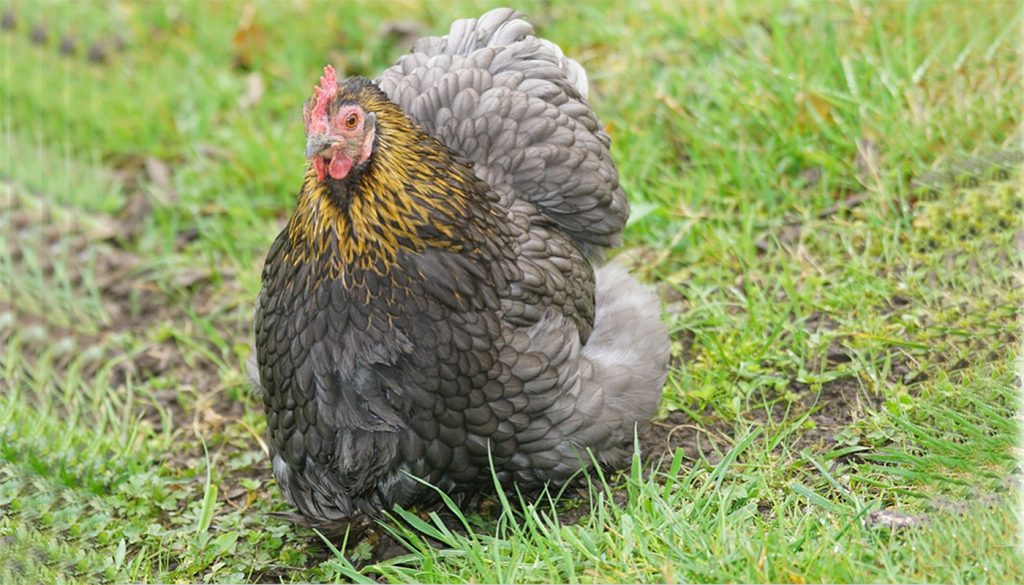
The Cochin is a large chicken with excessive feathers covering its body and legs. Their beautiful plumage makes them idea ornamental and or show birds. These chickens have an exceptional way of holding themselves that make them seem they are a cut above the rest. When it comes to beautiful feathers they usually are.
They are also known or were also known, as Shanghai birds and later as Cochin Chinas after their country of origin.
| Country of Origin: | China |
| American Poultry Association: | Recognized as a breed of chicken in the United States |
| Chicken Category: | Large Breed |
| Chicken Class: | Asiatic |
| Bantam Variety Available? | Yes – Feather Legged Bantam Classification |
| Related | TOP 10 BANTAM CHICKEN BREEDS FOR BEGINNERS |
| Good Starter Chicken? | Their affectionate gentle pcersonalities make these fluffy large chickens excellent starter and family birds. |
| Related | 10 BEST STARTER CHICKENS FOR THE FIRST TIME POULTRY KEEPER |
PURPOSE⇒ |
Eggs: They are not the best egg layers.
They lay large brown eggs about 160 per year They will lay consistently all through the year They start to lay eggs from around 20 weeks old.
Meat: They have yellow meat that has varying opinions on whether it is a good table bird. Although the original Cochins were said to bred as both egg and meat birds.
Breeding: They can be bred, and the hens do get broody they are also excellent mothers. They have a loving nurturing nature which they extend to human kids.
If you are breeding the Cochin for show choosing the correct hens and roosters color is essential to ensuring the birds meet the American Poultry Associations Standard of Perfection requirements.
Foraging: They love to scratch and forage about. They do not mind confinement but prefer a bit more space being large and fluffy.
Show Bird: Their truly magnificent abundance of plumage, regal bearing and size make them excellent show birds.
Pets: Their loving gentle nature makes them excellent family pets
Other: These lovely ladies love roost or stay close to home they are not much for free ranging. They have been known to be a lazy bird. They are quite happy to hang around by their coop or sit on eggs all day.
|
| Flyers? | Due to their size, they are not very good flyers and do not even try too. |
| Noisy Birds? | They can be noisy but in general are clam birds |
| Interaction with other chickens: | They get along well with other breeds. As with any flock if you are introducing new birds it is best to slowly socialize them with the flock. |
| Good with kids? | Their gentle calm nurturing nature makes them a great pet to have around children. |
| Related | 10 ROOSTER BREEDS THAT DO NOT MIND CHILDREN |
HISTORY
The Cochins have been said to have inspired the great “hen fever” a national obsession with poultry that raged through England and America in the 1850’s.
The Cochin chicken had been bred in China with attention to egg production and the size of the bird making it a dual-purpose chicken. At first, the aim was to ensure the birds were good table birds at 12 weeks, but it was later established that they were best used for meat production at 15-16 months as then the birds weighed a good 12 lbs. The meat of the bird if harvested at any other stage would be rather dark and coarse. The Cochins were known to lay very large brown eggs and would lay the most during the colder winter months.
Although these chickens never had a lot of commercial success they were met with complete awe when introduced to society outside of China.
These hug ladies with their calm friendly personalities and beautiful plumes in various colors captured the hearts of the public and inspired the poultry enthusiast in them.
It is said Queen Victoria herself, gifted from China with a few of them, adored these birds even making them their own special purpose-built enclosure for her fluffy ladies.
CHARACTERISTICS |
|
|---|---|
IDENTIFICATION⇒ |
Appearance/Body: These chickens are a fluffy ball of feathers. The fullness of their feathers makes them appear larger than they actually are (although they are not small birds). They have red earlobes and wattles, with gold eyes, very yellow beak and their yellow legs and feet should be fully covered in feathers. Their profile is considered to look like a heart shape with their almost round short fully feathered tails.
Color(s): Brown, Gold Laced and Silver Laced
Comb: They have a single comb
Ave. Weight: Pullet/Hen 7 – 8.5 lbs.
Cockerel/Rooster 9 – 12 lbs. |
| Life Expectancy: | The average lifespan is 8 – 12 years |
| Health: | They do not have any major health issues but as they are lazy birds they do tend to get obese. Their food must be carefully measured and properly balanced/rationed. It is also best to check on their weight regularly. Their feathers should be kept clean in wet or muddy conditions to ensure no foot disease or other feather diseases. |
| You may Also Like: | HOW TO TELL IS A CHICKEN IS SICK |
| Temperament: | Gentle calm, nurturing, affectionate and friendly giants. |
| Socialize Behavior? | They get along well with all other animals. |
| You may Also Like: | HOW TO SOCIALIZING YOUR NEW CHICKENS |
| Known predators: | Most domestic animals leave them alone as they are large birds, but it is always best to keep an eye on dogs and cats. If hawks and or foxes are in your area it is always best to take precautions. As they are rather fat lazy birds some predators see them as easy prey this may also be the case for your pet dog or cat. Check with local animal shelters, zoos, vets, animal control and or pet stores about common predators in your area. |
| Conservation Status: | These birds conservation status is recorded as “recovering”. It is best to check on any special license or instructions that may be set up for owning these birds. This can be checked with your local or national conservation centers. |
IDEAL ENVIRONMENT |
|
|---|---|
| Garden Size: | They adapt well to most sized gardens and take confinement well. They do not like to free range about and will stay close to the feed bowls or coop. |
| Ideal Climate: | They are very hardy birds that handle the cold very well will need a lot of shady spots and nice cool water in the summer due to their excessive plumage. |
| Ideal Coop: | The rule of thumb for any coop is 50 cm x 50 cm per hen/rooster in the coop. Ensure there is a good space for the nesting boxes and nightly roosting rails at least 1.5 inches wide. Good ventilation for air but not too drafty especially in winter. It is always a good idea to raise the coop off the ground to give the birds a dry place to roost and lay especially in wet weather. |
| Ideal Coop Run: | These big birds do not fly, and it has been said that they do not need more than about 4-inch fence for the coop run but it is always advisable to completely over the run. This ensures the chickens are safe from unwanted visitors who may want to take them home for dinner. |
| Ideal Flock Size: | They are quite happy in any size flock so long as they do not have to be overly active. They make great brood hens and foster mothers. |
| Special Instructions: | They need to be weighed and feathers checked on a regular basis. |
| Accessories: | The following accessories are ideal for your coop: Nesting boxes Straw for the boxes and roosting area Roosting rails Perches Water troughs/bowls Food bowls/feeders Heating lamp(s) Animal carrier for transport purposes |
| You may Also Like: | 45 FREE DIY CHICKEN COOP PLANS, TUTORIALS AND DESIGNS |
WHERE TO FIND THESE BIRDS TO ADD TO YOUR FLOCK
Cochins can be found at some live poultry outlets and farms, but if it is a variant that is the APA standard that you require it is best to find a registered breeder at the Cochins International Society. This website has a host of valuable information and they will also be able to help with any special requirements, attention or care they may need. If you plan on breeding your chickens, you will want to make sure that they are from a good bloodline.
CARING FOR THE BIRD(S)
Please click here for our full guide to “Taking care of chickens”. This is a comprehensive guide to owning chickens. It covers where to start from choosing your ideal flock, the coop that would best suit your garden, your bird and you to buying and bringing your bird(s) home.
GENERAL
Except for their feathers and attention to their weight they are a low maintenance bird. Usually, their large size would deter predators but to the larger ones, these lazy birds make an easy meal. Generally, these gorgeous fluffy chickens make an an excellent addition to any flock.
GROOMING
Their full plumage and feathered legs/feet need to be taken care of. Especially their feet and legs if there is a lot of damp or mud about.
These chickens love to take a lazy dust bath especially one laced with added herbal essences mixed into the loose sand. These baths help get rid of all the excess oil build up in their large number of feathers as well as getting rid of unwanted critters taking advantage of their plumage. These birds love attention of any kind so will have no objection to a regular examination for mites, lice and various other parasites. Checking for these pests in their feathers should be done at least once a week to your chickens healthy. If you can manage twice a week that would be even better as pests do love all the feathers this bird has been blessed with. It is very important to get your birds de-wormed on a regular basis especially if they are around other animals or interacting with kids.
DIET AND NUTRITION
Cochin’s main morning meal should be a very well-balanced diet of chicken pellets, grains, chicken mash or grain mix from 8 weeks old and older. This should be fed to them first thing in the morning before they are let out of their coop. They tend to plop down and eat whatever is around them which needs to be monitored as does the feeding of table scraps for these ladies. They have no problem overeating, but it is important for their health to keep them in their average weight size.
For baby chickens, the best is always Chick Starter when they are under 8 weeks old.
Laying hens should get extra protein and calcium in their diets to ensure the quality of their eggs and to keep them in tip-top health.
Feeding your chickens correctly will give your organic garden a lot of nutritious fertilizer to make your vegetables or flowers grow.
Please see our comprehensive guide to “Feeding your chickens” for more information of the different types of chicken feed for chicks, hens, laying hens, roosters, etc. and where to buy the feed and approximate cost of the feed.
SOCIALIZING THE BIRD(S)
The Bantam version of the Cochins tends to be a bit feisty and disruptive, but the full-size chickens are rather mellow. However, some smaller birds may be a lot more aggressive which could be quite stressful for your flock of Cochins. It is best to try a calm gentle breed to mix with Cochins as even the roosters are not aggressive guys.
Always check on how well a breed will get on with your current flock before buying them as you do not want to upset your coop or stress your current flock.
As with any newcomer to the roost, you will have to quarantine the bird for 7 – 31 days to ensure it does not have any unwanted critters or disease that could spread to your current flock.
Even though they are maybe lazy mellow birds, even they have a pecking order, so it is advisable to socialize them slowly and determine when it is right to allow them to become a permanent part of the flock.
NOTES / SPECIAL INSTRUCTIONS
As they are registered as a “recovering” conservation status they may need an extra license to own or keep in your garden. For advice on what the bird’s conservation status and orders are please check with your local conservation department.
For breeders, it is imperative that you always check your bird’s bloodlines and ensure you are buying your birds from a reputed breeder/farm. In order to sell birds of such stature, they have to be recorded and documented, always check with local animal breeding organizations for these records.
These legitimate documents are also required should you wish to show your bird(s) in various poultry shows/competition showings.
For information and advice on adopting rescued animals, you can visit or contact your local animal welfare center.
Video
USEFUL LINKS
- Caring for your Chicken
- Feeding
- Health
- Socializing your Chicken
- Breeding Chicken
- Raising Chickens A-Z
- Hatching Eggs
- What is Molting
- Animal Shelter (ASPCA)
- American Veterinary Medical Association
- American Poultry Association
- American Animal Welfare Society
- American Animal Control
- American Animal Husbandry Society
References
- https://en.wikipedia.org
- https://livestockconservancy.org
- https://www.roysfarm.com
- https://www.mypetchicken.com
- https://www.backyardchickens.com
- https://www.feathersite.com/
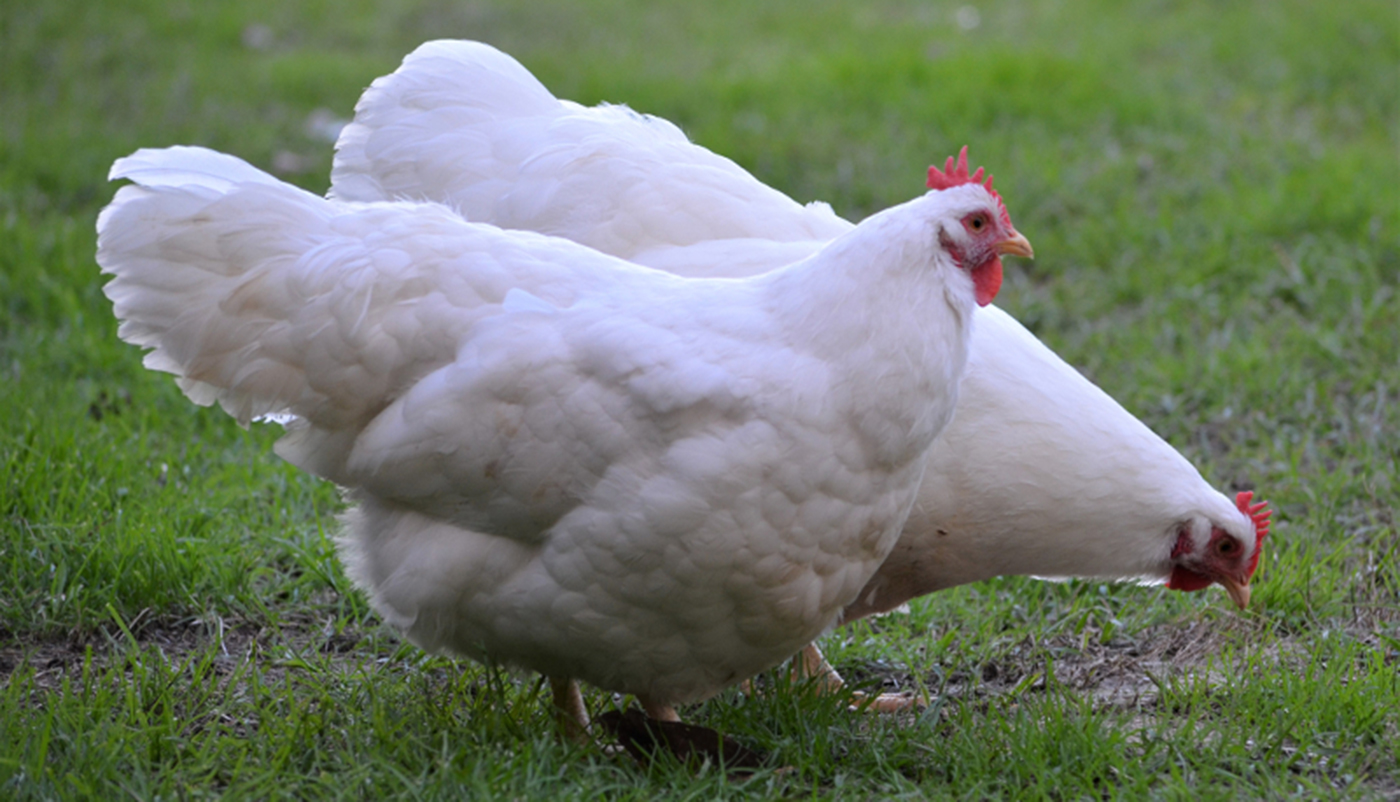 Lamona Chicken Breed – Everything You Need to Know
Lamona Chicken Breed – Everything You Need to Know Araucana Chicken Breed – Everything You Need to Know
Araucana Chicken Breed – Everything You Need to Know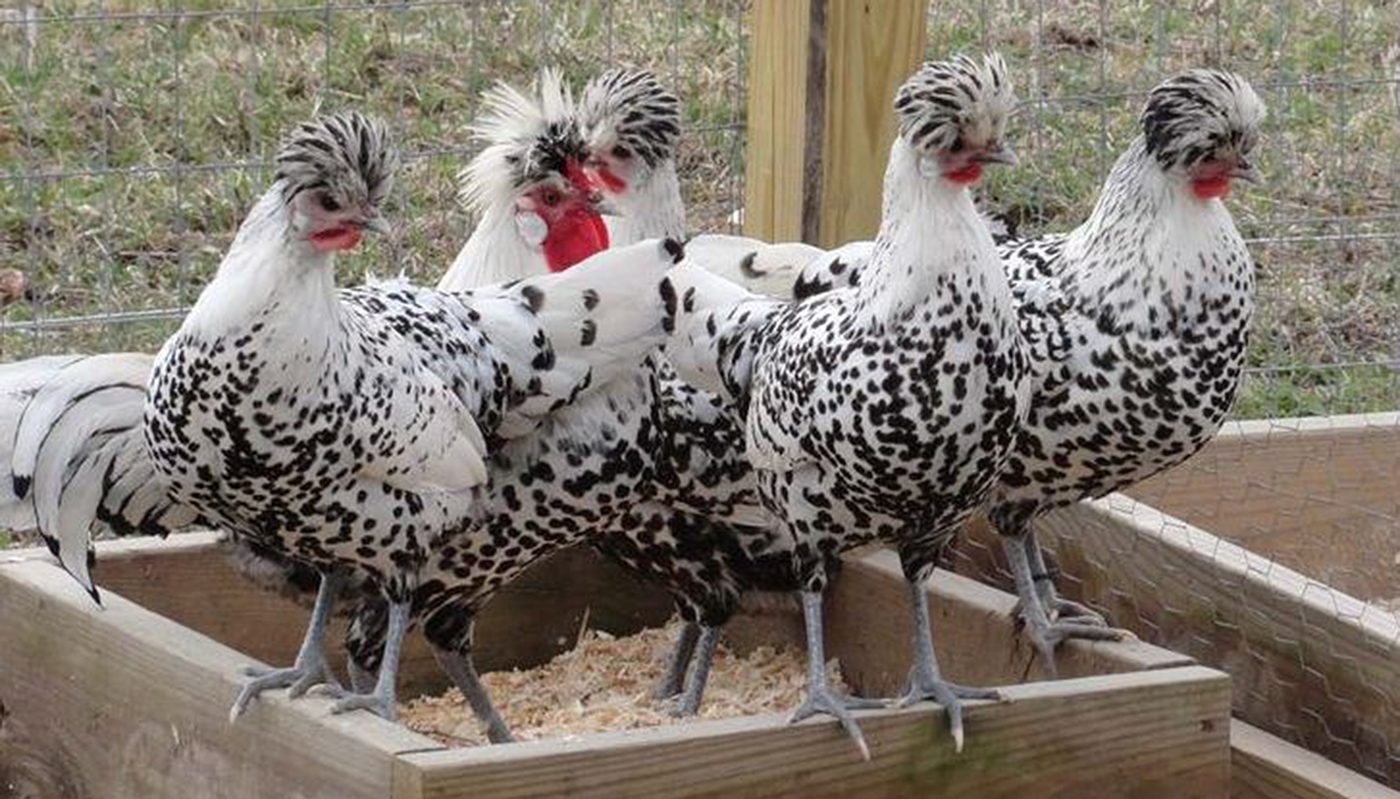 Appenzeller Chicken Breed – Everything You Need to Know
Appenzeller Chicken Breed – Everything You Need to Know Aseel Chicken Breed – Everything You Need to Know
Aseel Chicken Breed – Everything You Need to Know Cornish Chicken Breed – Everything You Need to Know
Cornish Chicken Breed – Everything You Need to Know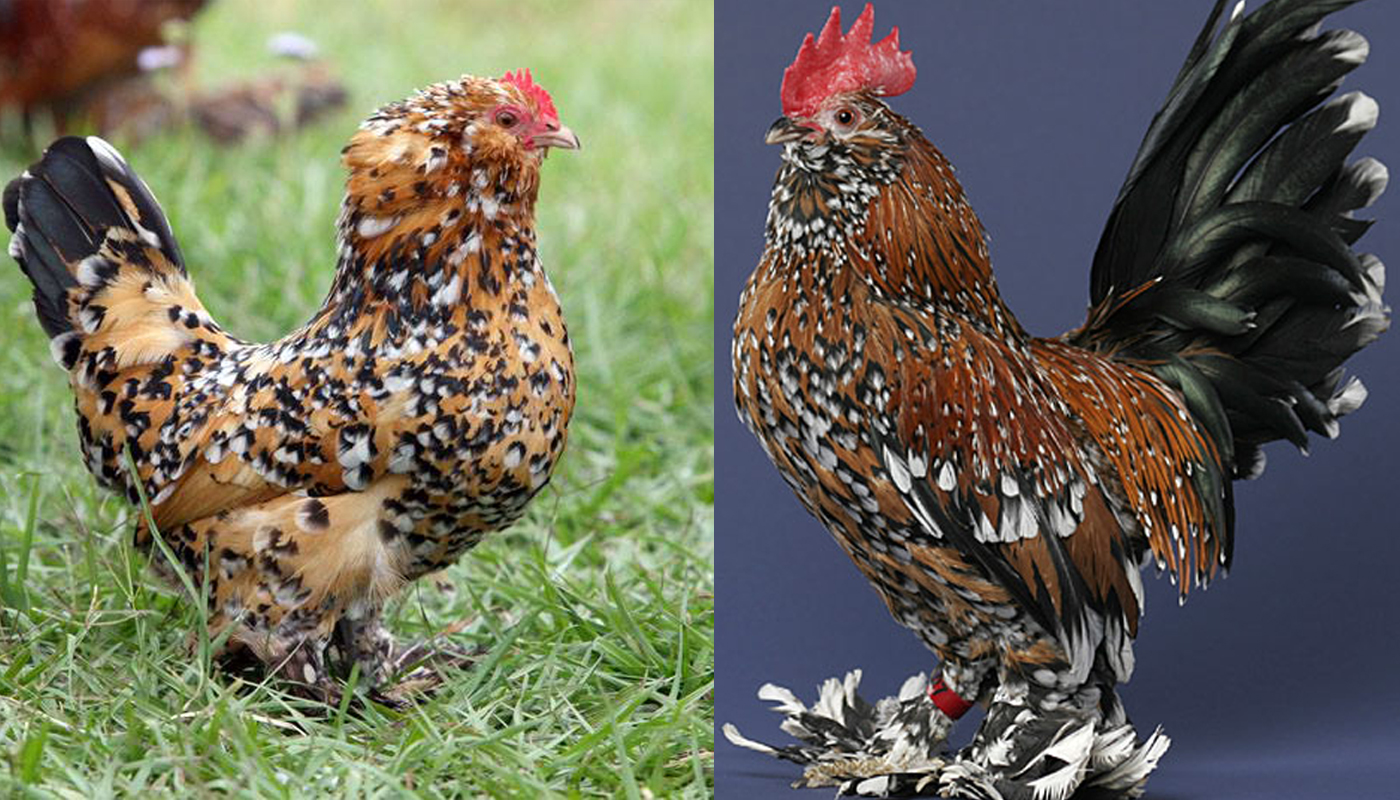 Belgian Bearded D’Uccle Chicken Breed – Everything You Need to Know
Belgian Bearded D’Uccle Chicken Breed – Everything You Need to Know CONDITIONS THAT AFFECT THE EYES OF A CHICKEN
CONDITIONS THAT AFFECT THE EYES OF A CHICKEN Feeding your Chickens
Feeding your Chickens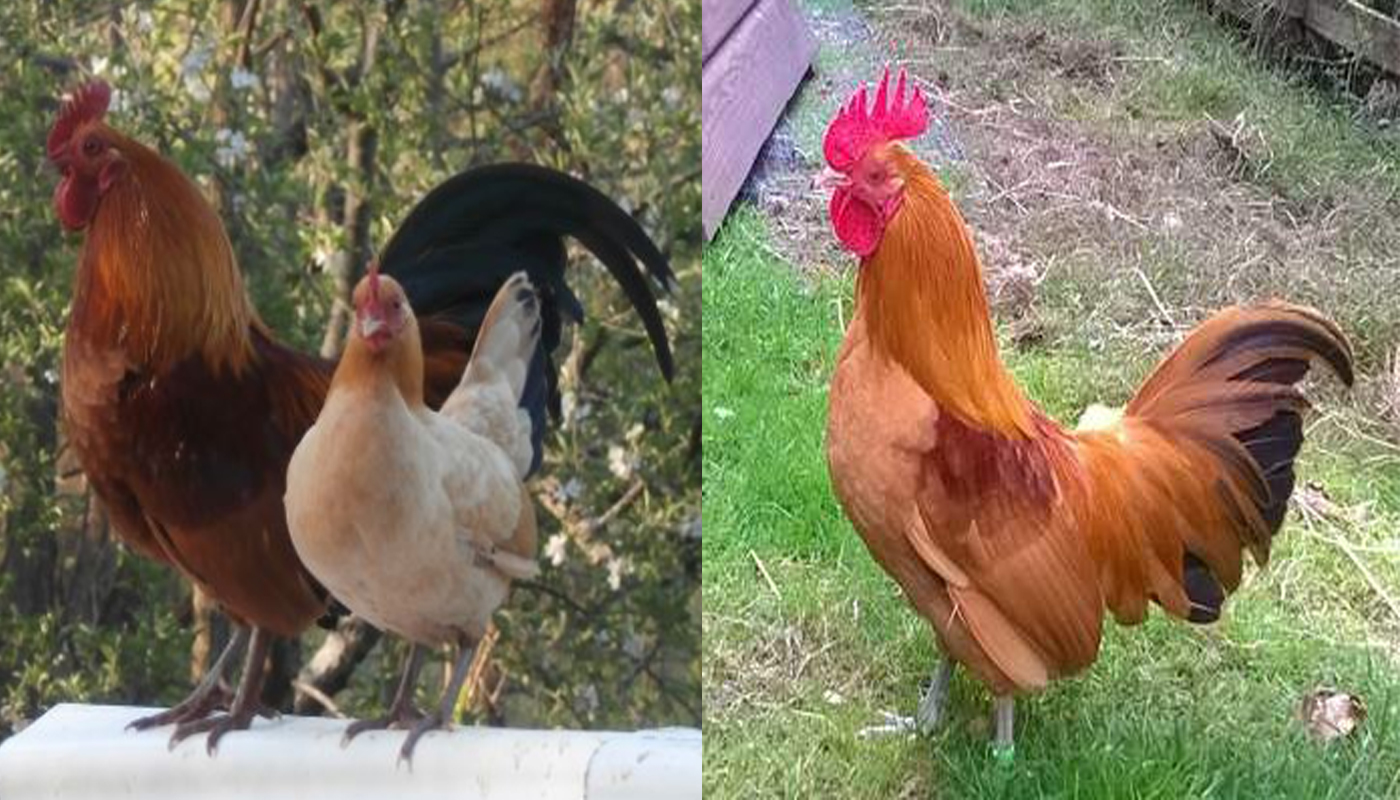 Nankin Chicken Breed – Everything You Need to Know
Nankin Chicken Breed – Everything You Need to Know CONDITIONS THAT AFFECTS A CHICKENS LEGS, TOES AND CLAWS
CONDITIONS THAT AFFECTS A CHICKENS LEGS, TOES AND CLAWS Australorp Chicken Breed – Everything You Need to Know
Australorp Chicken Breed – Everything You Need to Know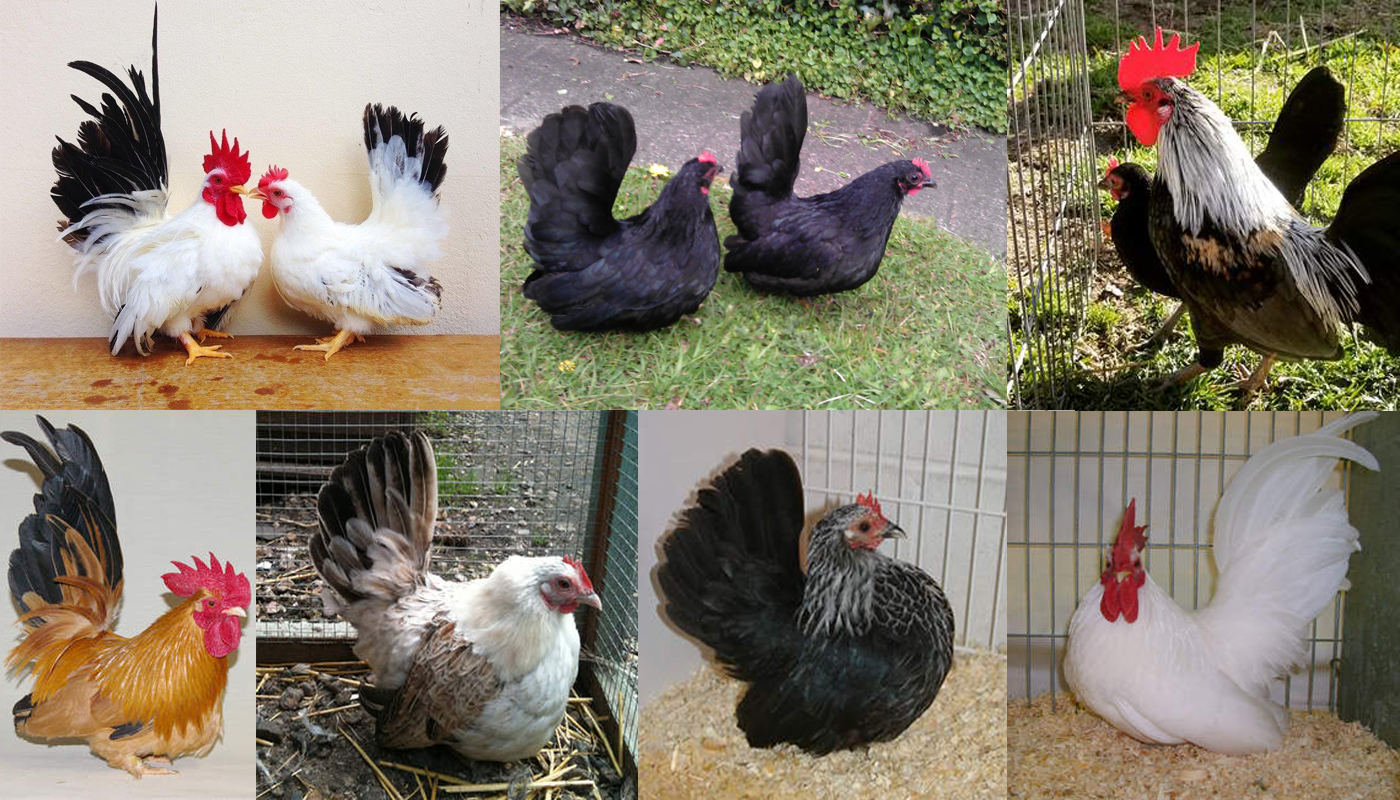 Japanese Bantam Chicken Breed – Everything You Need to Know
Japanese Bantam Chicken Breed – Everything You Need to Know